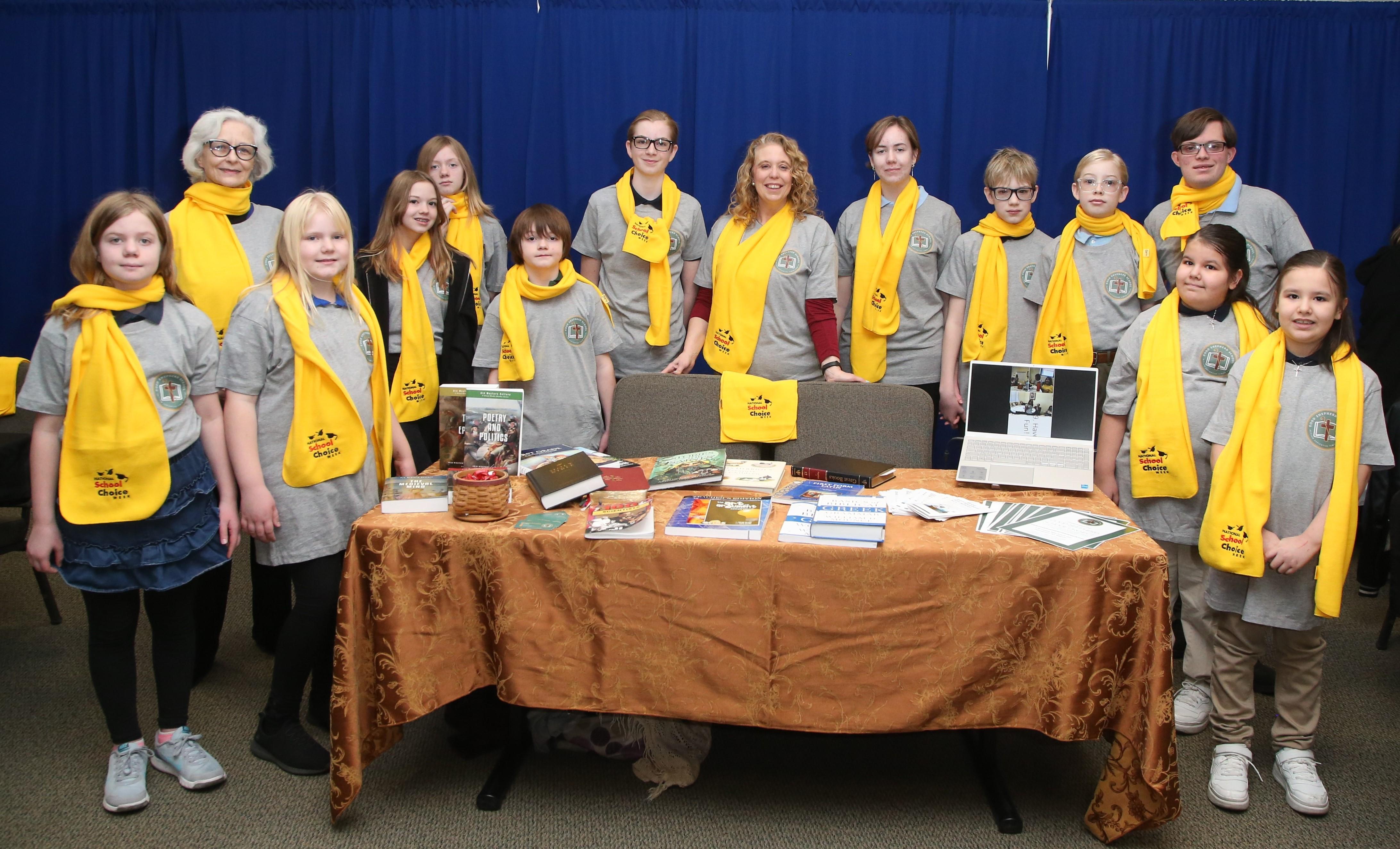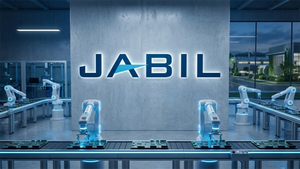 (NewsUSA)
(NewsUSA) - Every child has potential, and all children deserve the opportunity to learn, thrive, succeed, and pursue their dreams. However, following the COVID-19 pandemic, America’s students are struggling. Half of all K–12 students are a full grade behind academically. Furthermore, 42% of low-income eighth graders lack basic reading skills and 54% lack basic math skills.
- Every child has potential, and all children deserve the opportunity to learn, thrive, succeed, and pursue their dreams. However, following the COVID-19 pandemic, America’s students are struggling. Half of all K–12 students are a full grade behind academically. Furthermore, 42% of low-income eighth graders lack basic reading skills and 54% lack basic math skills.
Moms and dads want a more responsive K–12 education system and the freedom to choose how and where their children learn. Over the past year, these parents have mobilized, spoken up, and demanded change. Their efforts compelled lawmakers to listen, leading to increased public and private school choice options across 20 states in 2023.
More American families now have unparalleled opportunities to send their children to different public, charter, magnet, online, and private schools or educate them at home. Cue the rise of microschooling. These innovative learning environments are small and often theme-based, providing a more personalized educational experience. And their popularity is growing.
According to EdChoice, over 39% of school parents nationwide either already have a child enrolled in microschooling or are keen on learning more about its potential.
These schools are both unique and diverse. For example, Black Mothers Forum Microschools, a growing network of microschools in Arizona, aims to dismantle the school-to-prison pipeline and replace it with a “school-to-purpose pipeline” through a culturally nuanced and inclusive approach.
Another example is the Prism Microschool in North Newton, Kansas. It offers a distinctive educational experience centered on tailoring each child’s education to their individual needs to nurture creativity and academic growth.
Across the nation, microschools like these are gaining traction. Organizations such as the Vela Education Fund, the National Microschooling Center, and the Yass Prize have been instrumental in shining a spotlight on these alternative models, ensuring that they flourish and grow. National School Choice Week (NSCW), hosted by the National School Choice Awareness Foundation (NSCAF), will showcase the full range of nontraditional models, including microschools, later this month.
Now is the time for both parents and state leaders to look to the future. Parents, I urge you to explore these new educational frontiers. If the traditional school setting doesn’t suit your child, microschooling, or any other nontraditional model, might offer the tailored, engaging experience they need.
As we all collectively look to the future, let’s embrace the potential of innovative educational models. By doing so, we aren’t just changing schools; we’re transforming lives and laying the foundation for future generations—one child at a time.
Andrew Campanella is president and CEO of the National School Choice Awareness Foundation the 501(c)(3) nonprofit organization that hosts National School Choice Week each Januaryand the author of The School Choice Roadmap: 7 Steps to Finding the Right School for Your Child.
Every child has potential, and all children deserve the opportunity to learn, thrive, succeed, and pursue their dreams. However, following the COVID-19 pandemic, America’s students are struggling. Half of all K–12 students are a full grade behind academically. Furthermore, 42% of low-income eighth graders lack basic reading skills and 54% lack basic math skills.
Moms and dads want a more responsive K–12 education system and the freedom to choose how and where their children learn. Over the past year, these parents have mobilized, spoken up, and demanded change. Their efforts compelled lawmakers to listen, leading to increased public and private school choice options across 20 states in 2023.
More American families now have unparalleled opportunities to send their children to different public, charter, magnet, online, and private schools or educate them at home. Cue the rise of microschooling. These innovative learning environments are small and often theme-based, providing a more personalized educational experience. And their popularity is growing.
According to EdChoice, over 39% of school parents nationwide either already have a child enrolled in microschooling or are keen on learning more about its potential.
These schools are both unique and diverse. For example, Black Mothers Forum Microschools, a growing network of microschools in Arizona, aims to dismantle the school-to-prison pipeline and replace it with a “school-to-purpose pipeline” through a culturally nuanced and inclusive approach.
Another example is the Prism Microschool in North Newton, Kansas. It offers a distinctive educational experience centered on tailoring each child’s education to their individual needs to nurture creativity and academic growth.
Across the nation, microschools like these are gaining traction. Organizations such as the Vela Education Fund, the National Microschooling Center, and the Yass Prize have been instrumental in shining a spotlight on these alternative models, ensuring that they flourish and grow. National School Choice Week (NSCW), hosted by the National School Choice Awareness Foundation (NSCAF), will showcase the full range of nontraditional models, including microschools, later this month.
Now is the time for both parents and state leaders to look to the future. Parents, I urge you to explore these new educational frontiers. If the traditional school setting doesn’t suit your child, microschooling, or any other nontraditional model, might offer the tailored, engaging experience they need.
As we all collectively look to the future, let’s embrace the potential of innovative educational models. By doing so, we aren’t just changing schools; we’re transforming lives and laying the foundation for future generations—one child at a time.
Andrew Campanella is president and CEO of the National School Choice Awareness Foundation the 501(c)(3) nonprofit organization that hosts National School Choice Week each January and the author of The School Choice Roadmap: 7 Steps to Finding the Right School for Your Child.





